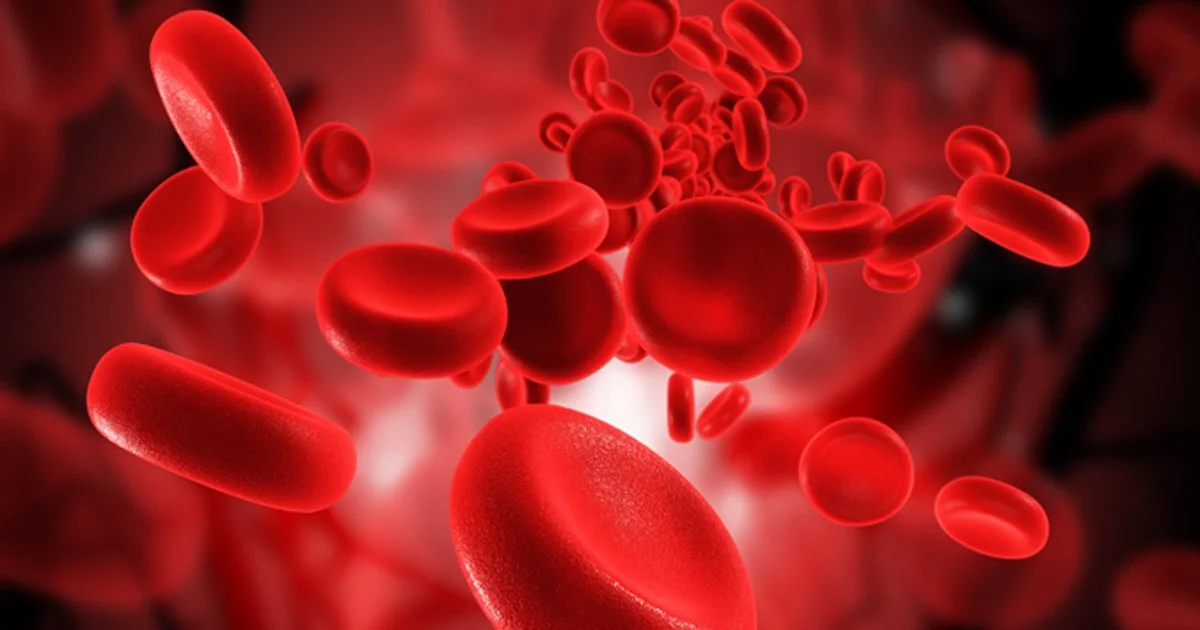LIVE BLOOD CELL ANALYSIS
Viewing a fresh, natural blood sample (a sample not altered with any stains etc., needed for normal microscopic exams), under the technology of a dark field microscope, will reveal conditions of your blood not normally even considered during the diagnosis of a normal blood test performed in doctor’s office or a lab.
This technique allows inspection of cellular dynamics which as noted above normally escape analysis or diagnosis using orthodox medical tests. A dark field microscope is a microscope designed to permit diversion of light rays and illumination, from the side, so that details appear light against a dark background; as opposed to light passing straight through the specimen. If bright lights from the microscope pass directly through the specimen, the heat from the light source will kill the red blood cells faster. Also, by diverting the light rays, a greater amount of depth and details can be viewed (almost like a three-dimension view).
Dark Field Microscopy thus allows a health professional to evaluate the shapes and other properties of individual blood cells, indicating nutritional conditions which can be adversely affecting a person's health. The advantage of this analysis over standard blood tests, which detect chemical changes in the blood, is the ability of dark field microscopy to detect nutritional disorders sooner, when the problem is in its infancy stages. By monitoring the blood's condition, a health professional can assist in "balancing" the blood by giving dietary and lifestyle recommendations which can enhance health.
Live blood cell analysis can be useful in many ways for clients struggling with chronic diseases and feelings of malaise and fatigue. It can also be helpful in confirming to clients that they are on the right track to better health due to treatments and improved diets.
To perform the live blood cell analysis, a small amount of the client’s blood is taken and immediately viewed under a special darkfield microscope. To a highly trained analyst the blood’s condition can provide some valuable clues about the client’s general health and may suggest areas for further study and follow-up testing. However, live blood cell analysis is not a formal medical diagnostic test and should not be used as the sole basis for diagnosis or prescribing treatments
Live blood cell analysis can provide some evidence of the following, among other conditions:
· Nutritional deficiencies, including the lack of vitamins and imbalance of protein and carbohydrates.
· Exposure to parasites, including such things as mycoplasma.
· Digestive problems and problems in the absorption of lipids or essential fatty acids.
· Circulatory problems and the ability of the blood to carry oxygen to the brain.
· Vulnerabilities to lung problems.
· Indications of inappropriate blood pH, meaning blood that is too acidic (which can foster fungus and bacteria) or too alkaline (which encourage viruses).




